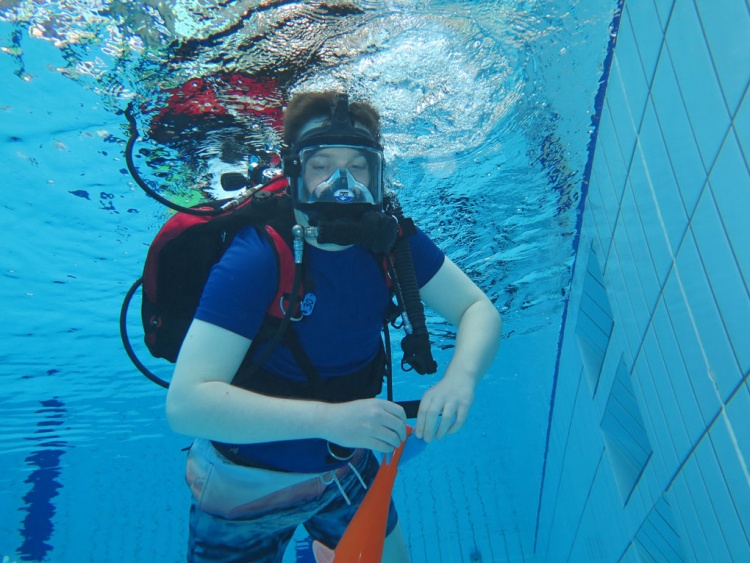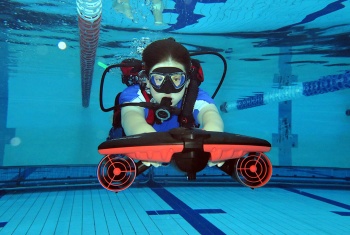In a world that relies heavily on language, 19-year-old Mitch Langes is often left out.
Mitch, who is supported by the NDIS, lives with profound, non-verbal Autism Spectrum Disorder (ASD). His autism affects his ability to communicate. He struggles to get his message across and often people don’t understand him.
But Mitch’s mum Kimberly believes there are no limits for her son. With the help of the NDIS and support workers who help Mitch with day to day activities and accessing the community, Kimberly does all she can to include Mitch in everything life has to offer.
“My view has always been there are no limits for Mitch, I have always put Mitch out into the world to be the best he can be,” she said.
Mitch also lives with an intellectual disability, epilepsy and dyspraxia, which impacts his coordination and means he can’t read or write, making communication a barrier.
So when an opportunity arose for Mitch to try a new therapy to help manage his autism symptoms, Kimberly was a little apprehensive—the therapy was underwater.
“We thought, how is Mitch going to communicate things like he’s okay with the mask fit and equipment to indicate he’s good to go?” she said.
“There was a lot of problem-solving at the start, but they quickly worked out a communication strategy that worked really well so Mitch could indicate he was okay.”
Mitch attends Underwater Immersion Therapy at the Adelaide Aquatic centre with registered NDIS provider Determined2.
Kimberly says the therapy helps Mitch to keep healthy, calm, and to manage his behaviours.
“When he’s not doing underwater therapy, there’s a lot more chewing, rocking, humming and constant moving, because he’s trying to fulfil the sensory load,” she said. “He’s always so calm after a session.”
The University of South Australia has been researching the benefits of Underwater Immersion Therapy for the past three years.
Associate Professor in Clinical Exercise Physiology Dr Kade Davidson says his research shows the therapy provides multiple benefits for people with disability, including improvements in physical, psychosocial and emotional wellbeing.
“What has come through strongly is that participants have a positive physical benefit with reduced pain and greater mobility, but they also have benefits on their mental health, with managing anxiety and depression,” he said.
Underwater Immersion Therapy has also provided Mitch with something he has struggled to find elsewhere—a level playing field.
“When Mitch gets in the pool and he’s underwater, the instructors are on the same level, they don’t have verbal communication either underwater, no one can use words,” said Kimberly.
“So Mitch gets them onto his own level and his cheekiness comes out, he can connect with them in a different way, he’s more confident. We didn’t even think of that when we started the therapy, but he can be himself and be on the same level as everyone else.”
Dr Davidson says his research shows this gives participants like Mitch a sense of increased self-confidence and social wellbeing.
“Our research shows the therapy is equalising and empowering because underwater, everybody’s in the same weightless environment using Scuba equipment, so it sort of removes the differences,” he said. “Everybody is non-verbal under water.”
Kimberly says watching Mitch swim underwater by himself during a recent therapy session was an emotional experience.
“I saw him swimming up and down the pool and it was amazing, because I’ve never seen that before, this is the only thing he can do where he is truly independent,” she said.



